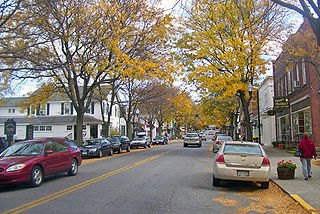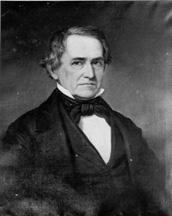
Robert Strange was a Democratic U.S. senator from the state of North Carolina between 1836 and 1840.
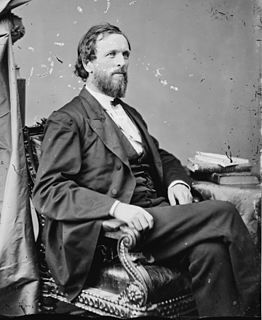
Benjamin Franklin Rice was a Republican politician from Arkansas, among several states, who represented that state in the United States Senate during the Reconstruction years from 1868 to 1873.

Samuel Beardsley was an American attorney, judge and legislator from New York. During his career he served as a member of the United States House of Representatives, New York Attorney General, United States Attorney for the Northern District of New York, a member of the New York State Senate, and a justice of the New York Supreme Court.
Nathaniel Buel Eldredge was a physician, infantry officer, lawyer, sheriff, and ultimately a two-term Democratic congressman from the State of Michigan.
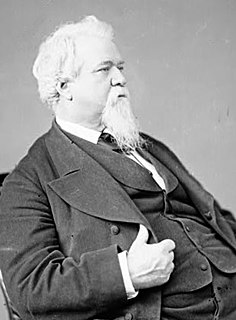
Obadiah Benton McFadden was an American attorney and politician in the Pacific Northwest. He was the 8th Associate Justice of the Oregon Supreme Court, temporarily serving on the court to replace Matthew Deady. A Pennsylvania native, he later was a legislator in the Washington Territory, and he served in Congress representing that territory.
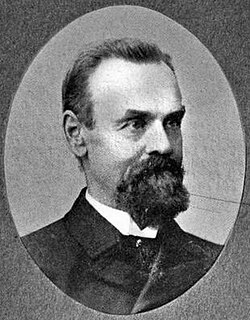
George Gifford Symes was a U.S. Representative from Colorado.

Jordan Edgar Cravens was an American politician and a U.S. Representative from Arkansas, cousin of William Ben Cravens.
William Poindexter Thomasson was a U.S. Representative from Kentucky.
John McNulta was a U.S. Representative from Illinois.

Thomas Johnston Turner was a U.S. Representative from Illinois.
George Hedford Dunn was a U.S. Representative from Indiana. He was born in New York City and moved to Lawrenceburg, Indiana in 1817 to study law. He was admitted to the bar in 1822 and commenced practice in Lawrenceburg, serving as member of the State house of representatives in 1828, 1832, and 1833. He was a promoter of the first railway in Indiana and was an unsuccessful candidate for election to the Twenty-fourth Congress.
Adolphus Hitchcock Tanner was a U.S. Representative from New York.
Arphaxed Loomis was a U.S. Representative from New York.
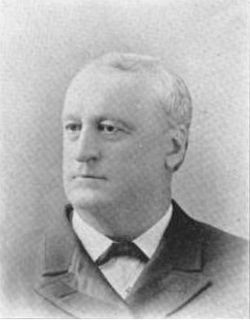
Charles Simeon Baker was an American politician and a U.S. Representative from New York.

Reuben Locke Haskell was a U.S. Representative from New York.
William Henry Noble was a U.S. Representative from New York.
Benjamin Sprague Cowen was a U.S. Representative from Ohio.
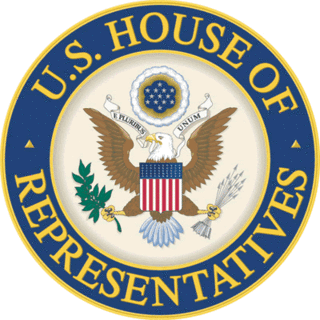
Ezra Dean was a U.S. Representative from Ohio.
Francis Byron De Witt was a U.S. Representative from Ohio.
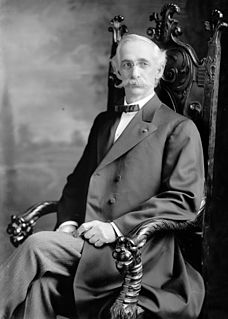
William Alexander Calderhead was a U.S. Representative from Kansas.


